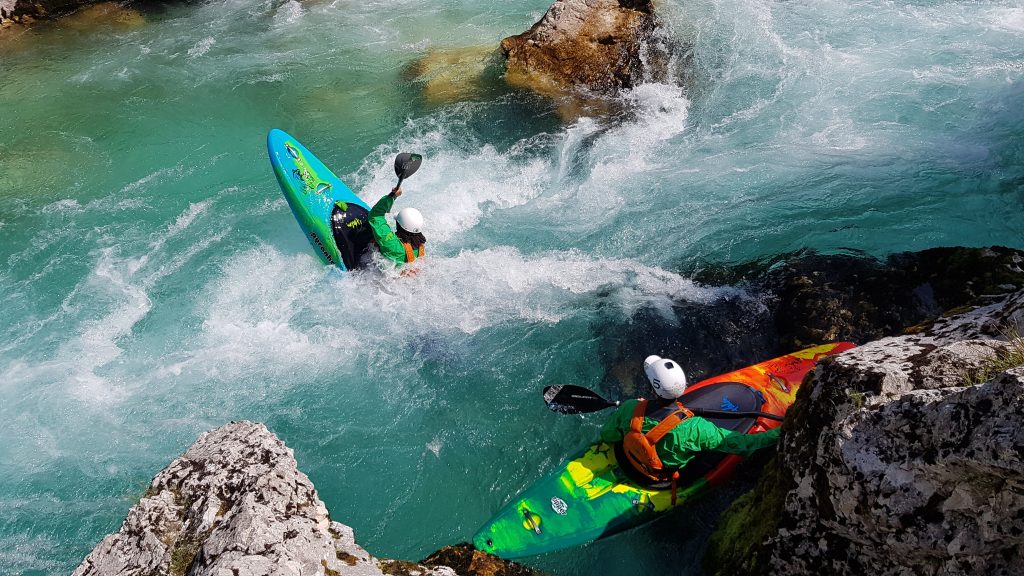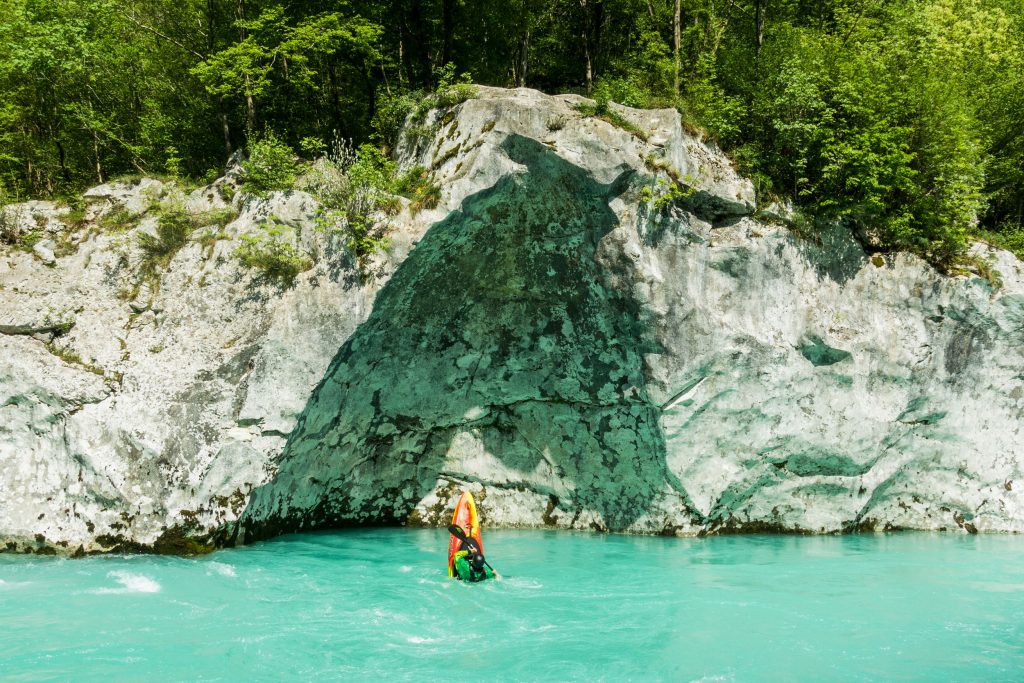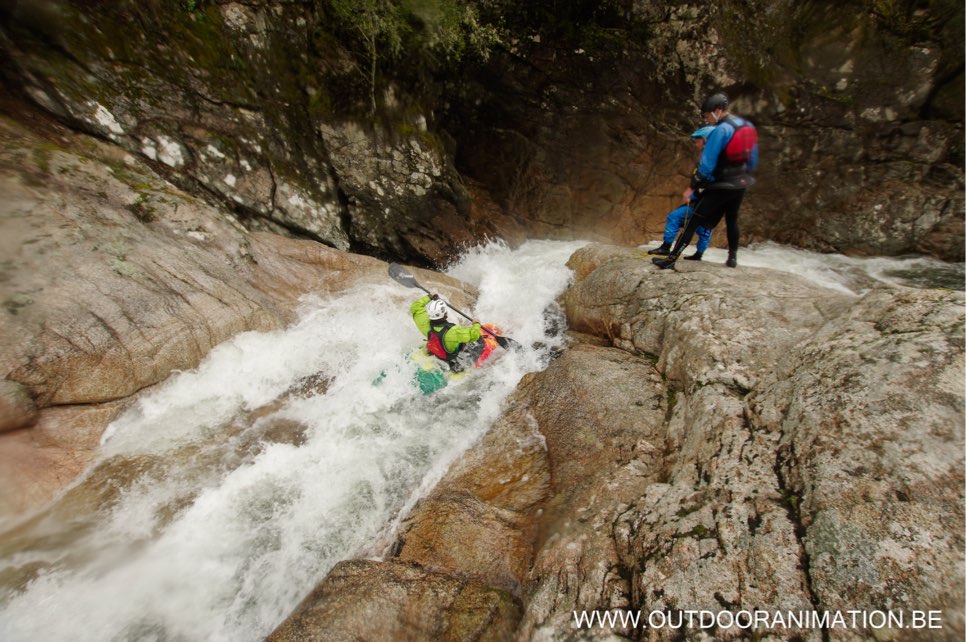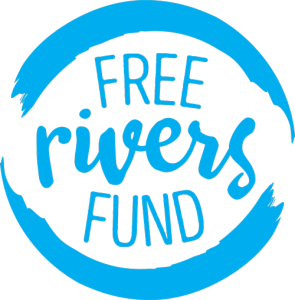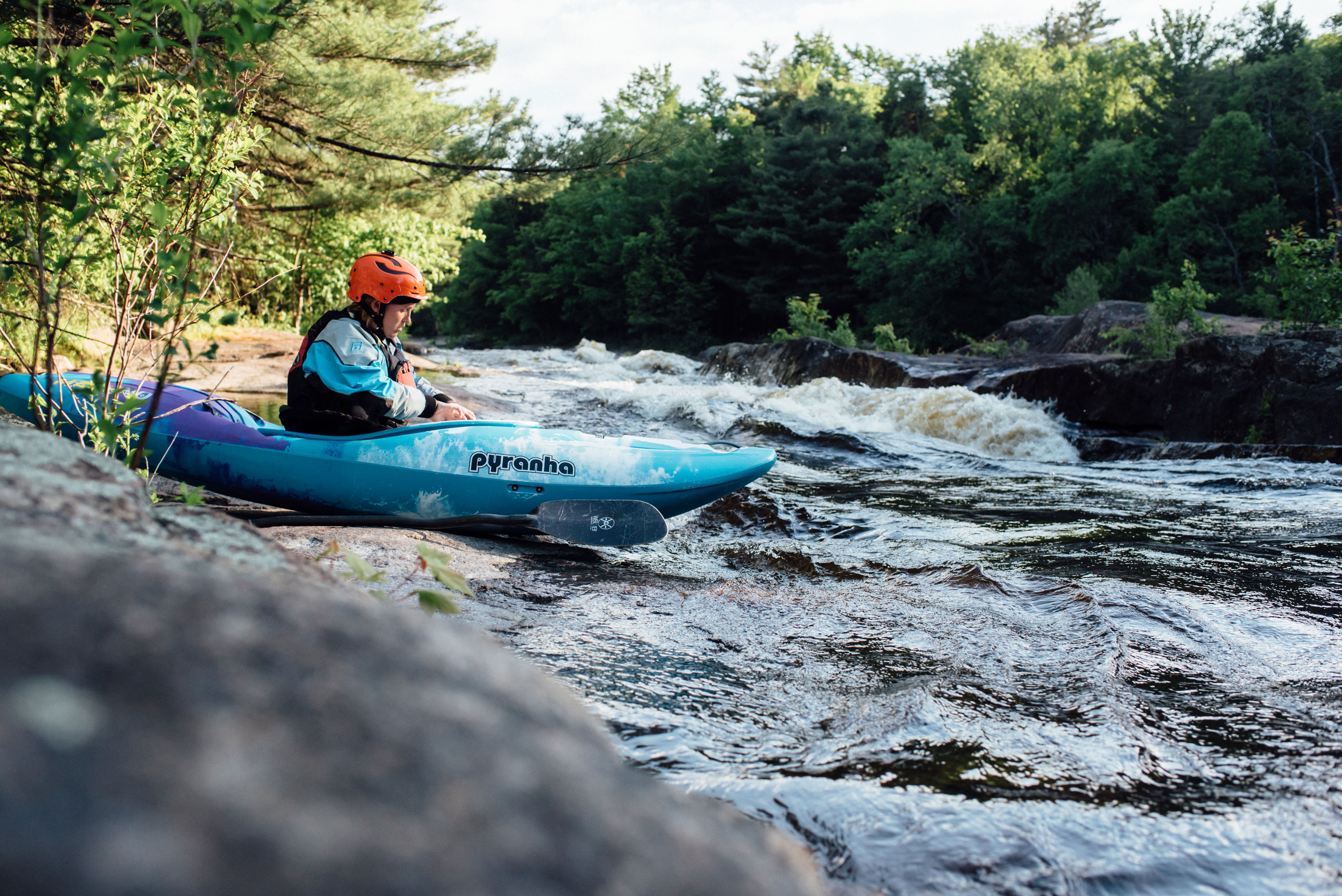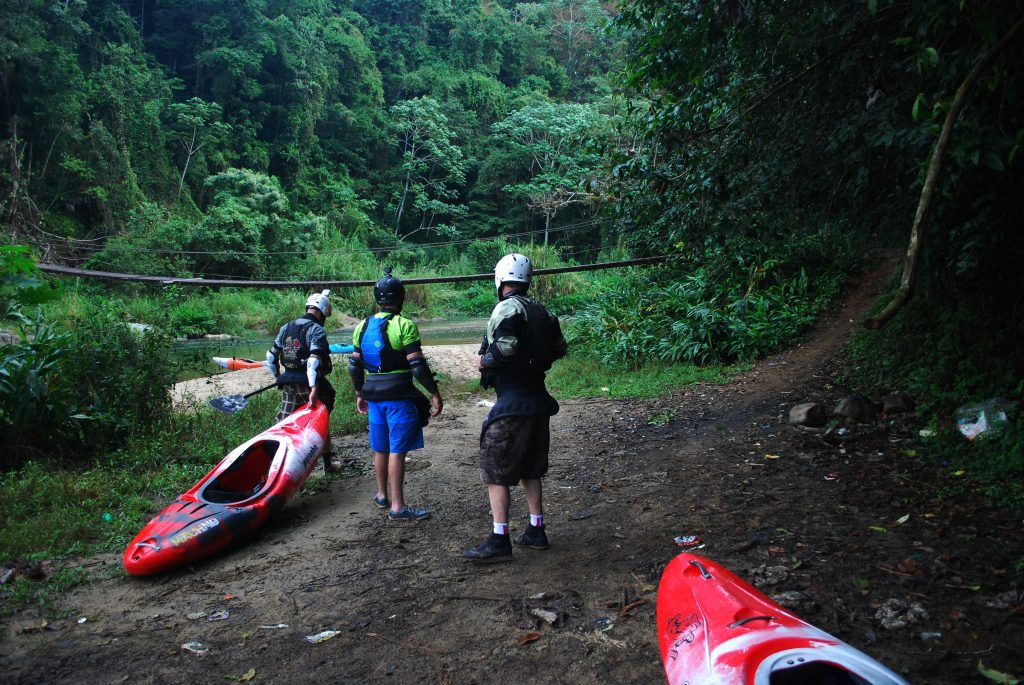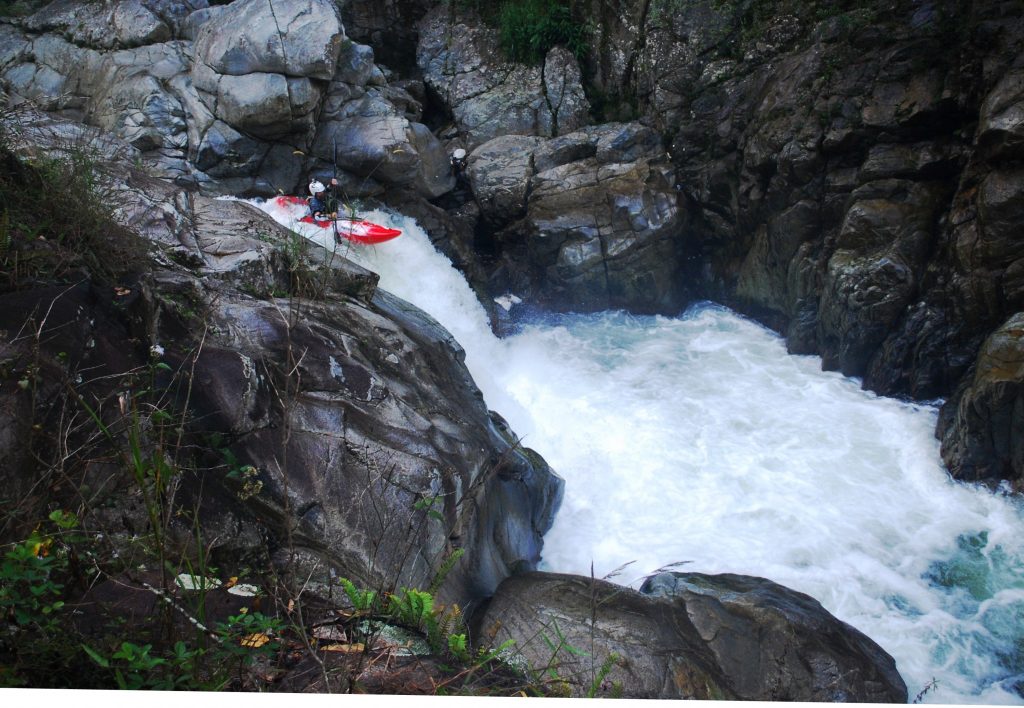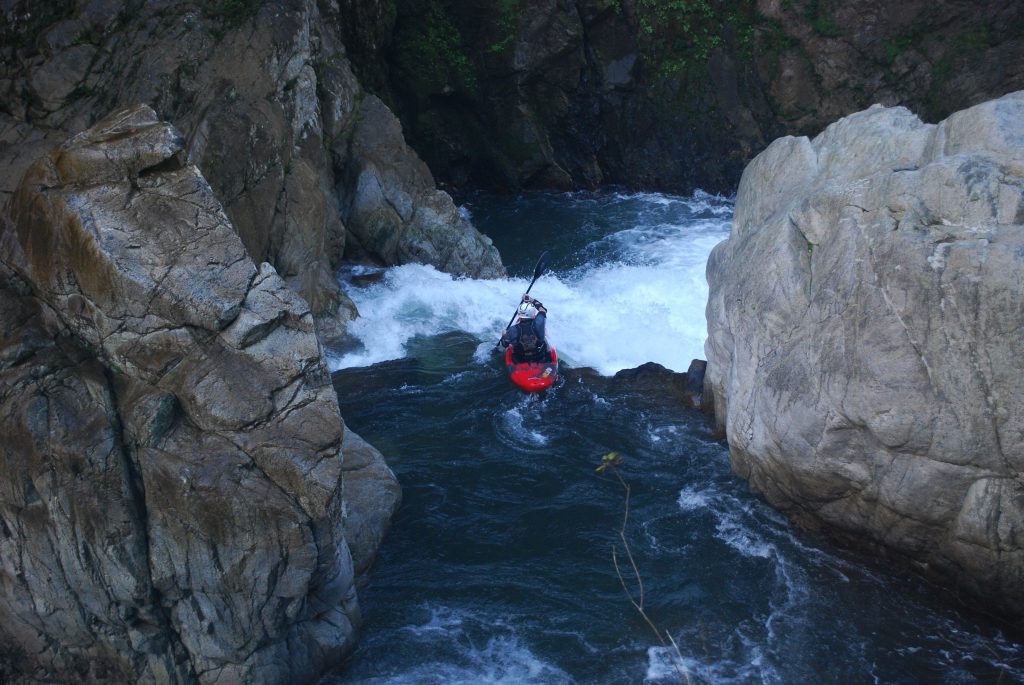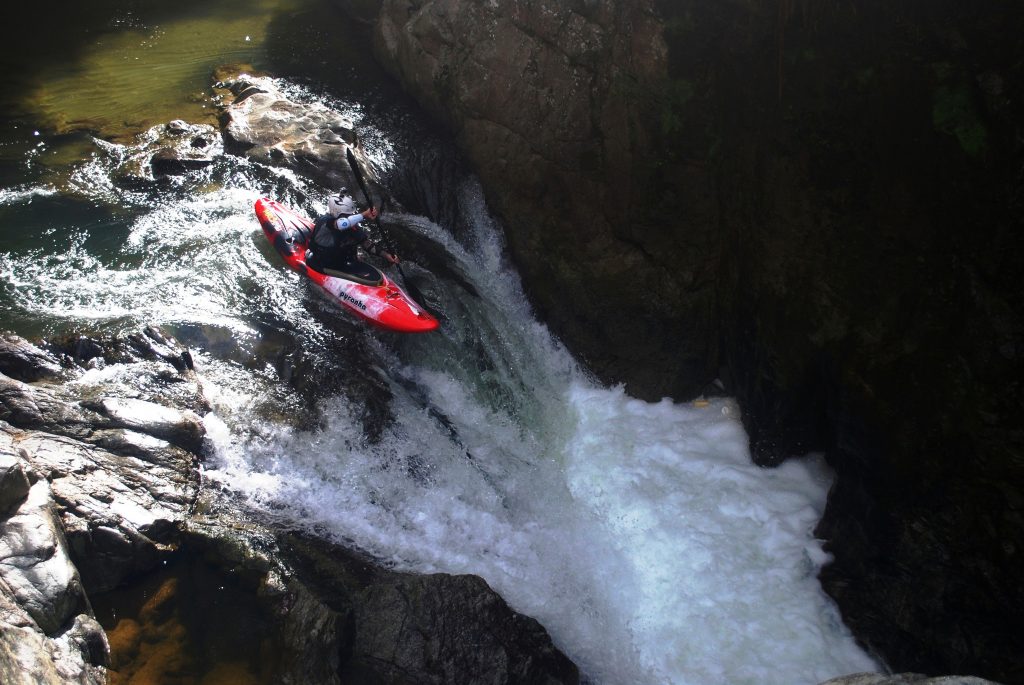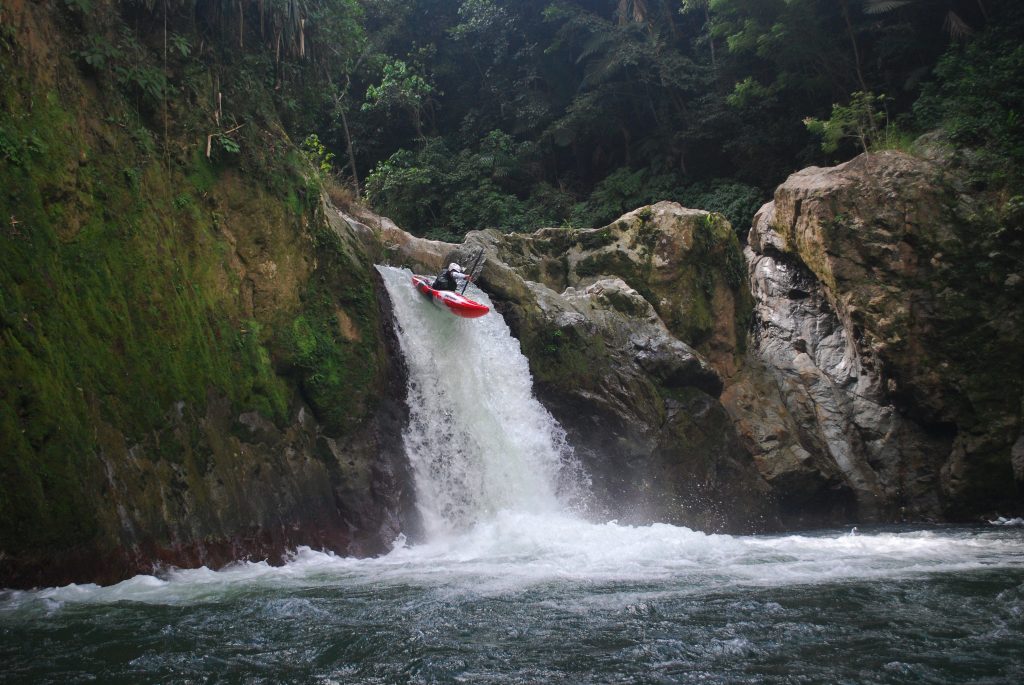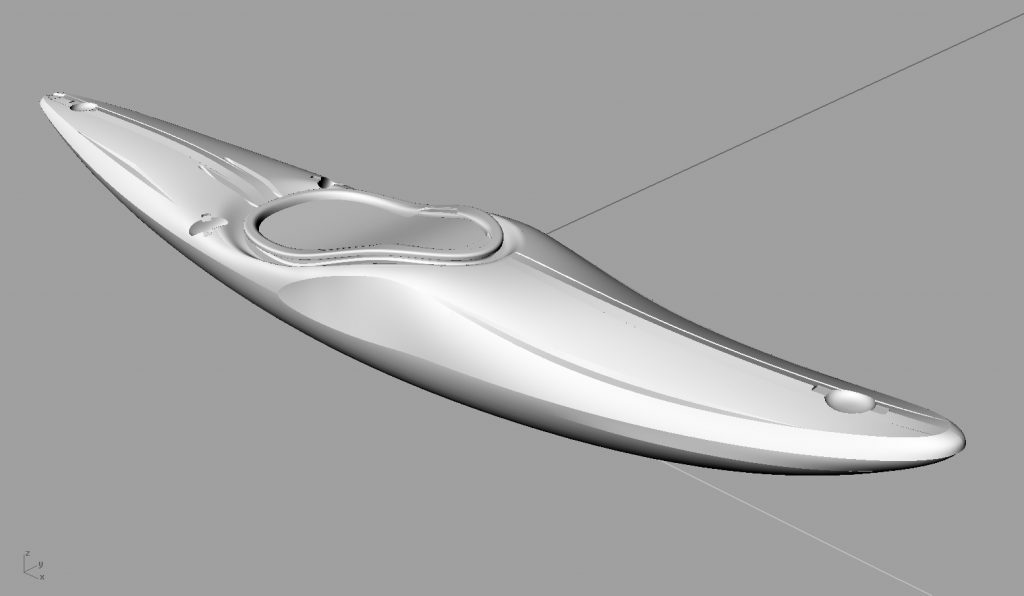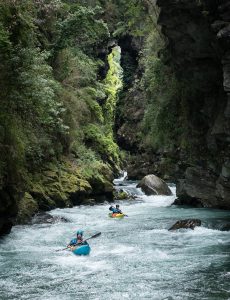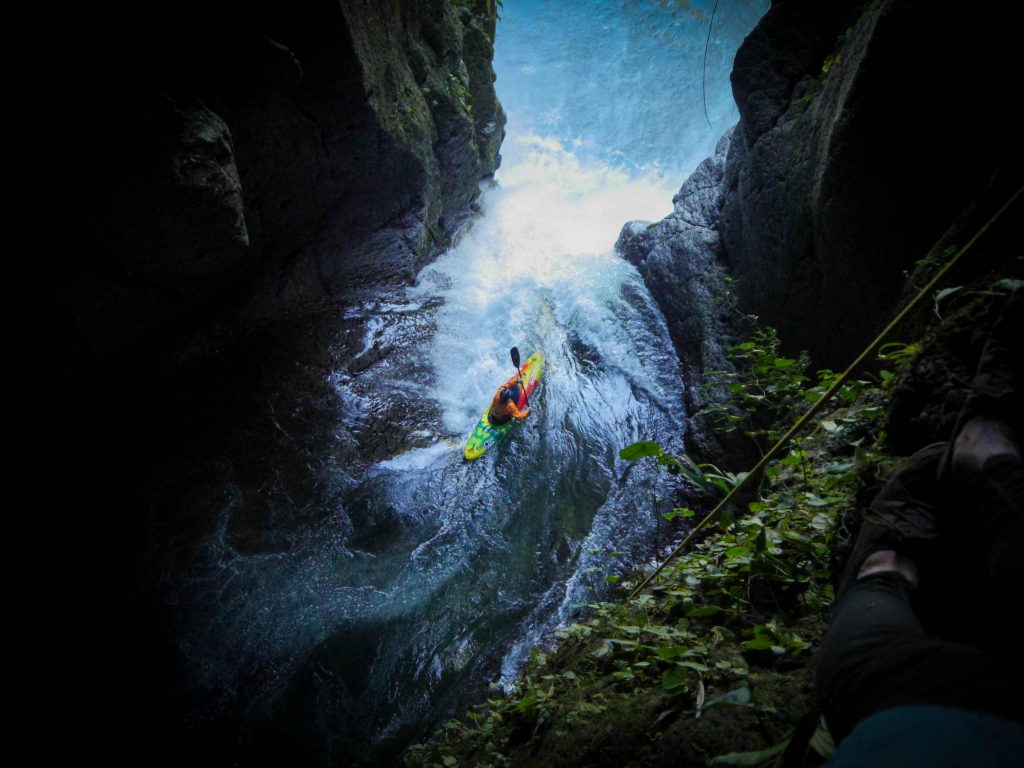You’ll have to forgive me for sounding elitist in the following few sentences, but when I hear a kayak described using words like ‘predictable’, ‘forgiving’, or ‘confidence inspiring’, my initial thoughts are, “boooooring… not for me!”
View it as you will, but I love high performance, aggressive kayaks that require you to put in the time to figure out their quirks and nuances, learn their secrets, and get the most out of that design. For this reason I was absolutely in love with using the 9R on hard whitewater; it is fast, sporty, and at times can surprise you – in both good and bad ways! I simply loved the challenge and rewards of nailing hard lines in this boat.
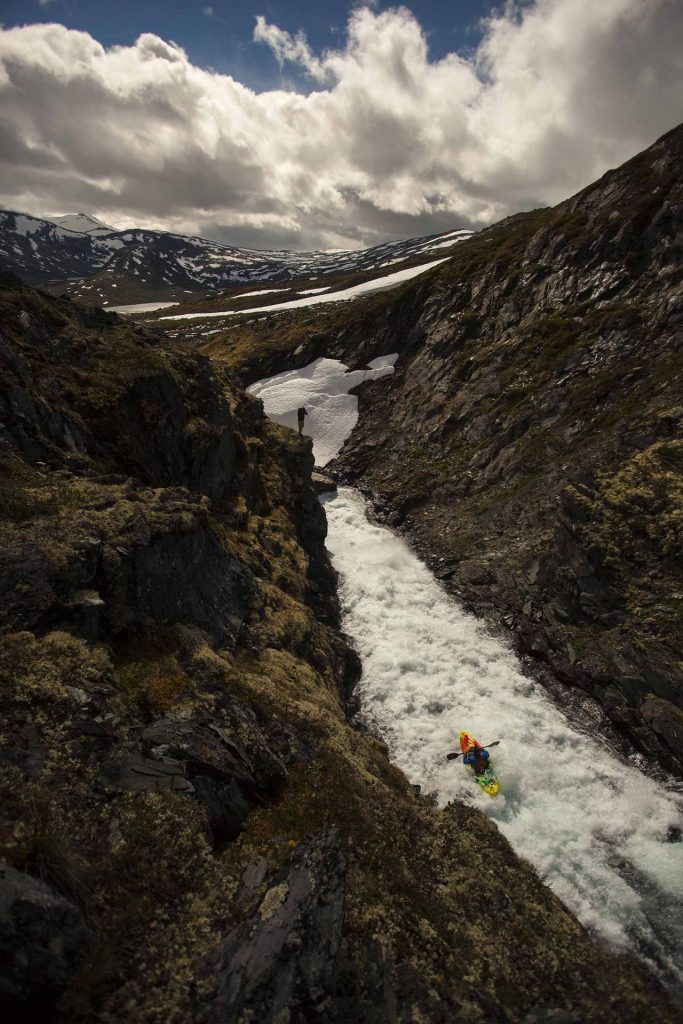
So, when Pyranha revealed their plans to design a new creek boat that would be less aggressive, I was not exactly the most enthused about the decision… much like the child that receives a pair of socks at Christmas, I politely feigned interest, then immediately went back to playing with my favourite toy racing car / 9R.
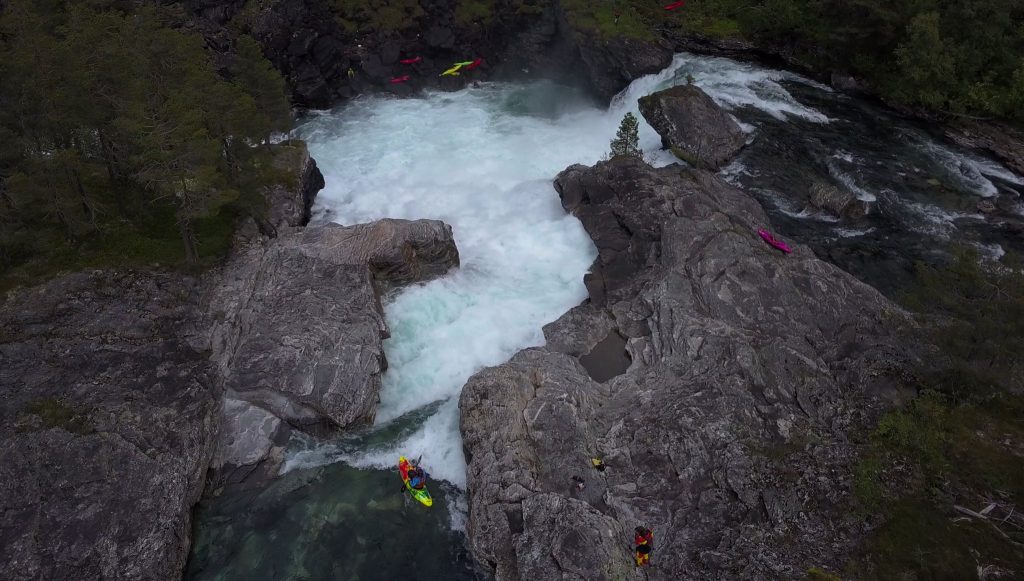
However, over the last few years, there have been times where I have been on the water and in situations where having a kayak that is a little gentler and a bit more predictable could only ever be a good thing, and so I swallowed my pride, apologized to my 9R, and ordered a Machno…
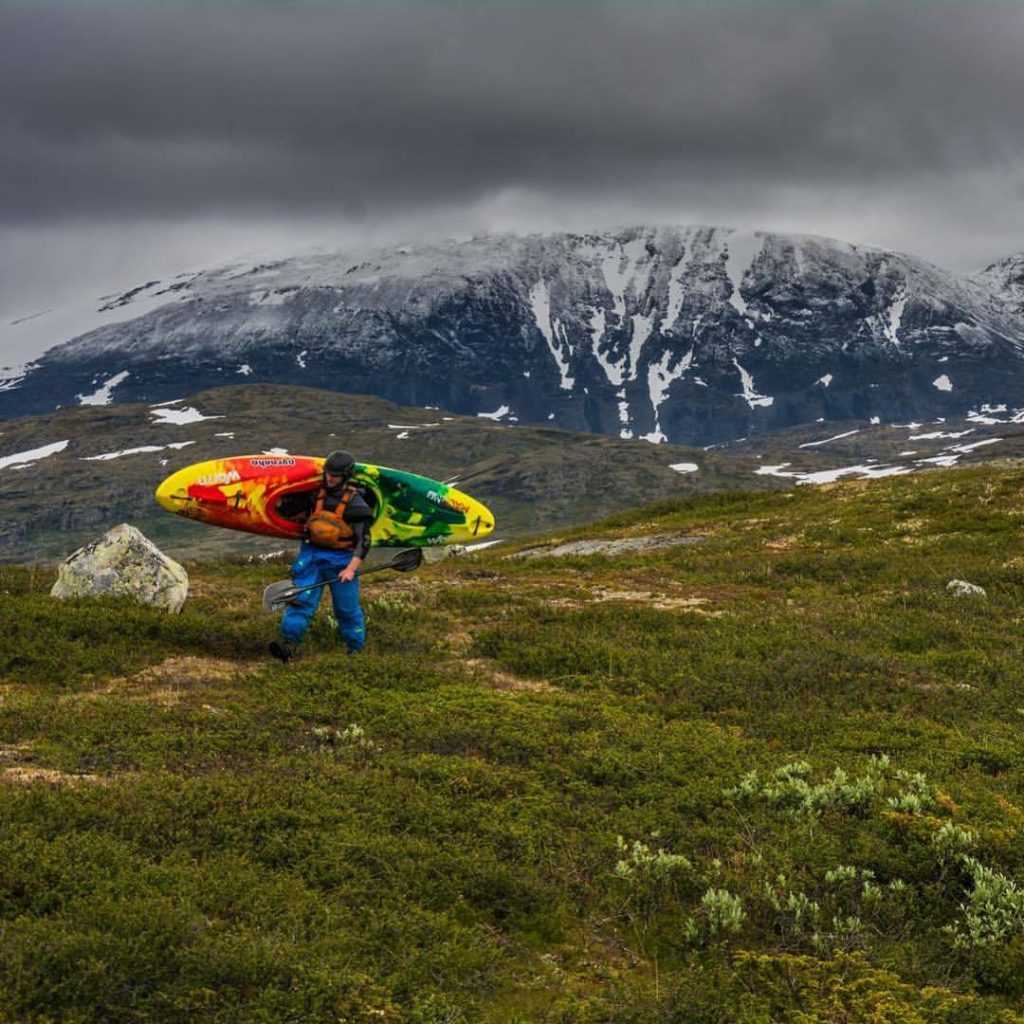
I wasn’t expecting great things from this kayak, but I was happily surprised during my first day of using it; the Machno actually had some ‘Oomph’ to it! There was admittedly a learning and adjustment period over the first week as I adapted my style from the 9R to suit this kayak, but after a few days I had it dialed, and to my complete and utter horror found myself starting to genuinely like the Machno.
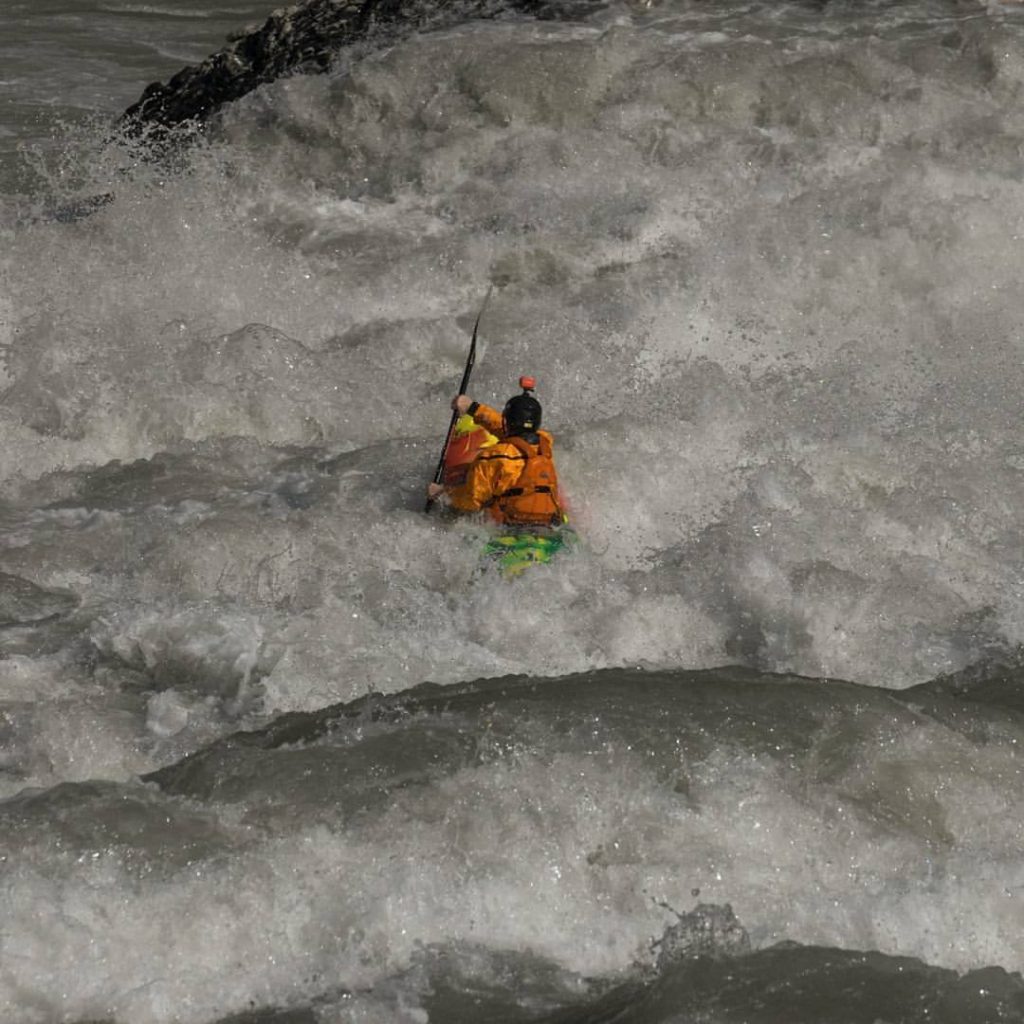
The 9R likes to be driven and I feel like I get the most out of that design when I am on rivers that I know really well, but it can be tricky to correct at times, and I feel personally that I can rudder, look ahead, and make corrections and adjustments more easily and quickly in the Machno; its ability to turn and boof so easily has saved me from many a trashing.
The things that have impressed me most about the Machno in the year I have been using it are:
Performance; it is obviously not as fast as the 9R, but it is no slouch either and carries its speed really well over holes, eddy lines, and through rapids. The Machno is also much easier to turn than the 9R, which is a huge help when you are trying to correct your line down a rapid.
Stability; when Pyranha claimed that this kayak had great stability, they were not kidding! There have been numerous points over the last year where I simply could not believe that the Machno didn’t flip or get backlooped.
Edges; they are pretty unique. I feel like they provide great carve into and out of eddies, and on big volume rapids I can really engage them and lock into my line, but I am yet to trip over them or catch them on steep rocky slides.
Handling on Waterfalls; quite simply, this is the best kayak I have ever used to drop waterfalls in. It is easily controllable in the air and seems to naturally want to fall into a nice freefall angle. I also find that because of this kayak’s insane stability, I can focus less on complex currents right in front of me and look further ahead to the lip of the waterfall and be ready to spot my landing.
Volume; this kayak tends to ride high on top of the water, and even when you do make a mistake and sub out, it resurfaces quickly and more often than not, flat and controlled, which is ideal when you are trying to correct and get back on line.
Sturdiness; Pyranha has a long history of manufacturing quality kayaks, but I feel like the Machno is particularly tough, especially when combined with its tapered and peaked deck; I trust this kayak not to fail on me when I am out pushing it. There have been a few times in the past year where my friends’ kayaks have folded when landing big waterfalls and my Machno has been absolutely fine.
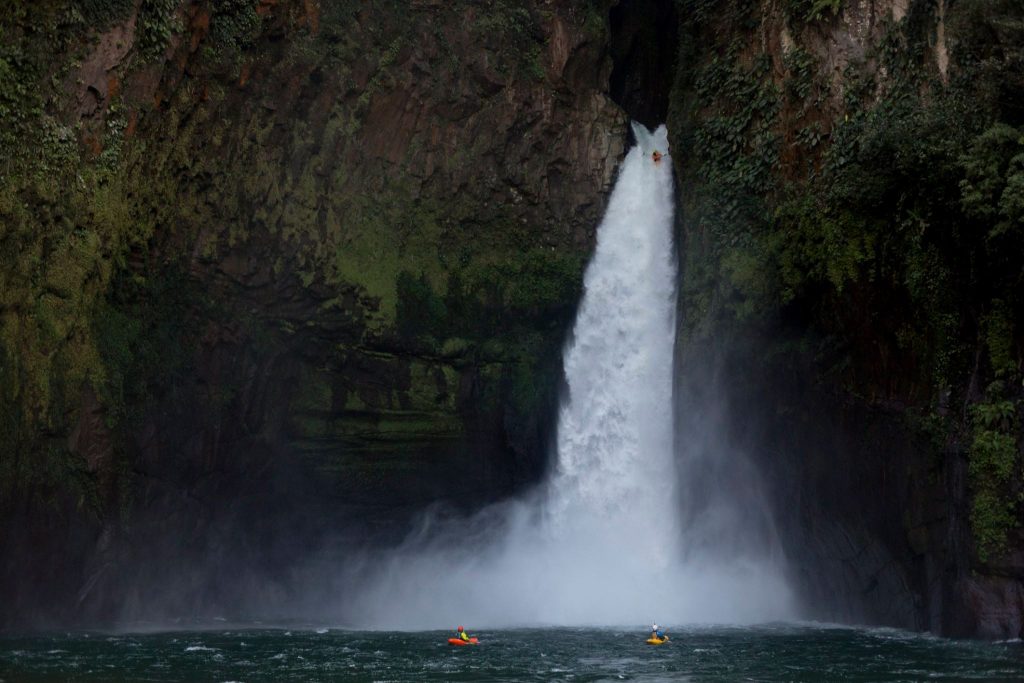
All in all, I think I unfortunately owe the Machno an apology; it is not in any way, shape, or form the ‘boring, safety-bath-tub’ that I thought it was. It is in fact fun to paddle, highly maneuverable, safe, confidence inspiring, and far more importantly, it is my go to kayak when the river gets steep and hard.
If you are looking for kayak that will help you progress onto harder grades of water, or simply want something that is fun to paddle and will look after you on your local runs, then I highly recommend visiting your local dealer and taking a look at the Pyranha Machno.
See you on the water (in my Machno),
Bren
